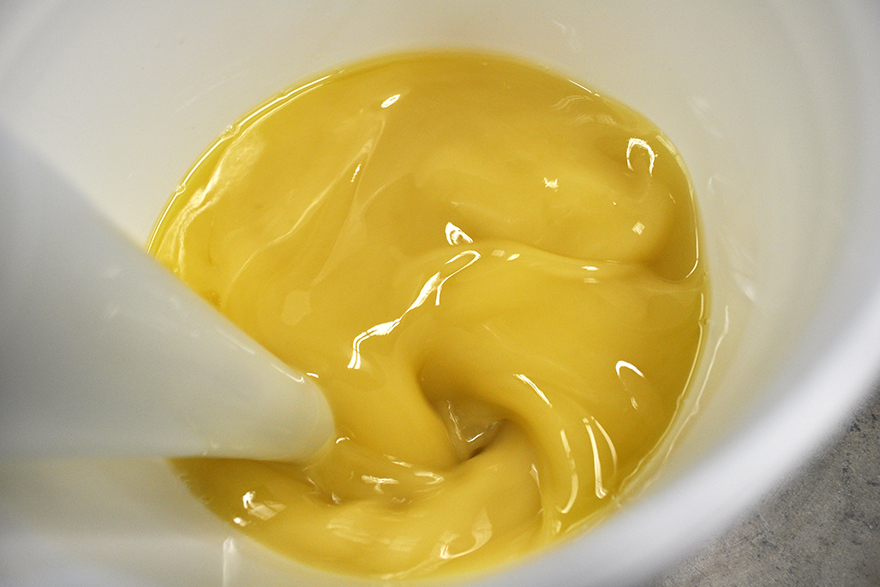Castile Soap
Originally, Castile soap referred to soap made from olive oil instead of animal fat, but today it is often made from other natural plant oils and sold as Castile soap. It is known for its gentleness to the skin and it smooth lather. It can be used for both personal hygiene and as a natural cleaner or laundry soap. It is often sold in the cosmetic aisle due to it’s nurturing properties for the skin.
Before the invention of Castile soap, all soap was made from wood ashes and animal fat. Castile soap was first made in Castile, Spain and was the first soap to use vegetable oils. Because olive oil was abundant in the area it was used in making soap instead of animal fats. It quickly grew in popularity due to its pure white appearance and its gentleness to the skin. In fact, it is reported that Castile soap was once known as the soap of royalty.
How is Castile soap made?
Originally, soap was made from combining the lye made from wood ashes with animal fat. This meant leaching the lye from wood ashes with water to obtain an alkaline liquid referred to as lye. When combined with heated animal fats a chemical process called saponification occurs. The lye is reduced to plain water making the soap harmless to the skin. In the case of Castile soap, olive oil and other vegetable oils are combined with an alkali to make soap. Castile soap can be either liquid or solid, depending on the process used.
Common Ingredients in Castile Soap
Today’s Castile soap may contain other vegetable or nut oils to enhance its performance and pamper the skin. Some common ingredients found in Castile soap designed for cosmetic use include:
- Olive Oil – Olive oil is typically the main fat in Castile soap. It produces a smooth lather with few bubbles. Olive oil also provides several benefits to the skin. It contains antioxidants, namely vitamin E, polyphenols, and phytosterols, that work to retard aging and protect the skin. Olive oil also penetrates the surface of the skin to soothe and moisturize it without clogging pores.
- Coconut Oil – Coconut oil is often added to Castile soap to create a richer lather. It is also known to soothe dry, cracked skin and treat skin conditions like eczema and psoriasis.
- Jojoba Oil – Jojoba oil closely resembles sebum produced by human skin and is often used as an emollient and moisturizer for both hair and skin. It also contains anti-bacterial and anti-inflammatory properties.
- Essential Oils – Essential oils are often added to Castile soap recipes to add fragrance and to provide aromatherapy benefits. They may also enhance the effects of oils on the skin.
Where can you buy Castile soap?
Castile soap can be found in the beauty aisle or cleaning aisle of your local grocery store. Typically Castile soap used for laundry contains olive oil or other vegetable oil, but does not contain oils like coconut and jojoba oil. These oils are generally reserved for fine soaps used on the skin and are considered a cosmetic. According to the FDA, soap that is intended to “moisturize the skin, make the you smell good, or be used to deodorize the body” is a cosmetic. It will likely been found in the health and beauty department or sold by companies specializing in skin care and beauty products.
Read the label of Castile soap carefully to determine its contents, as any soap made from an alkali and a vegetable oil can be labeled as Castile soap. Always choose the best ingredients when choosing soaps for you skin care needs.

